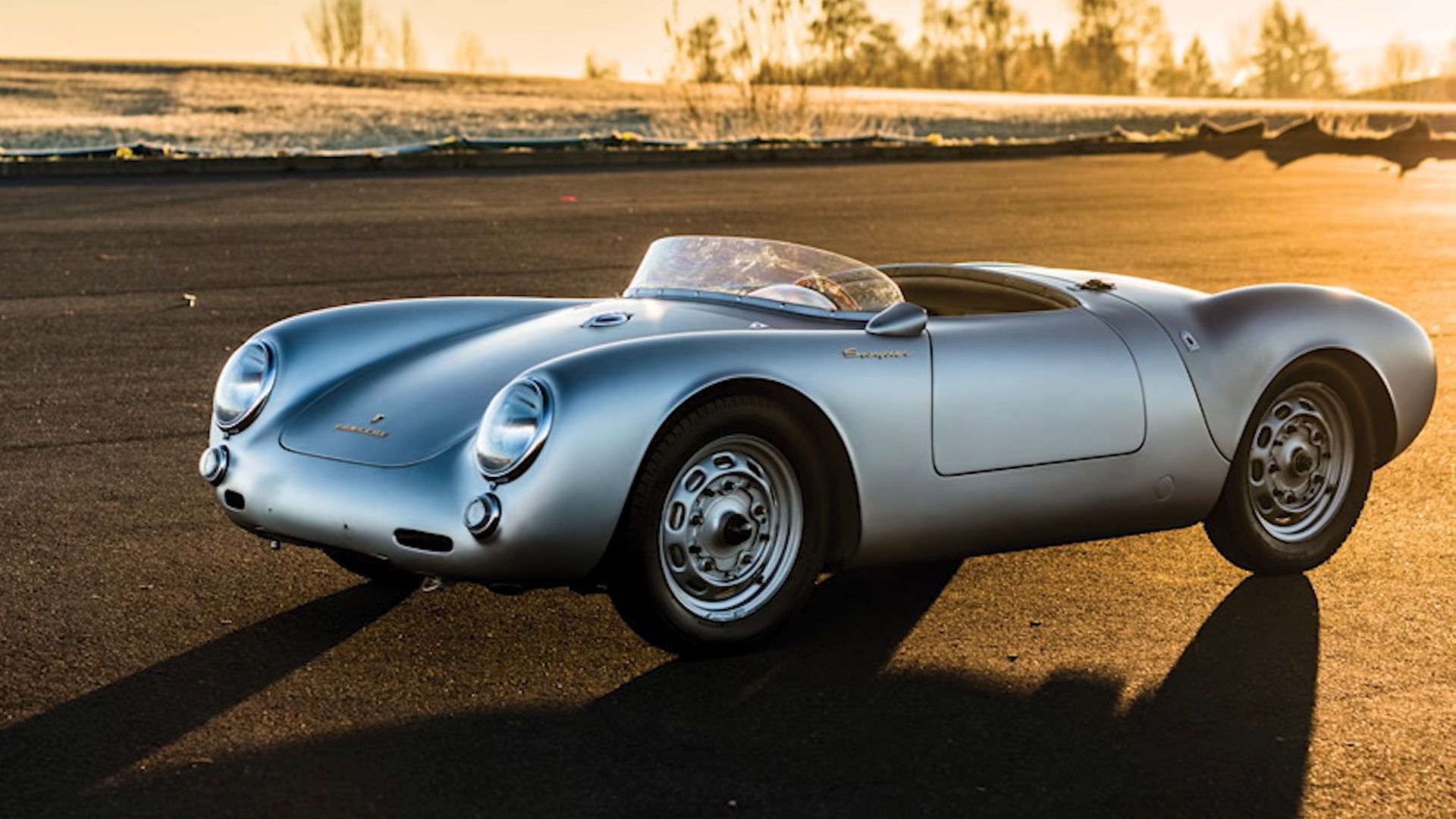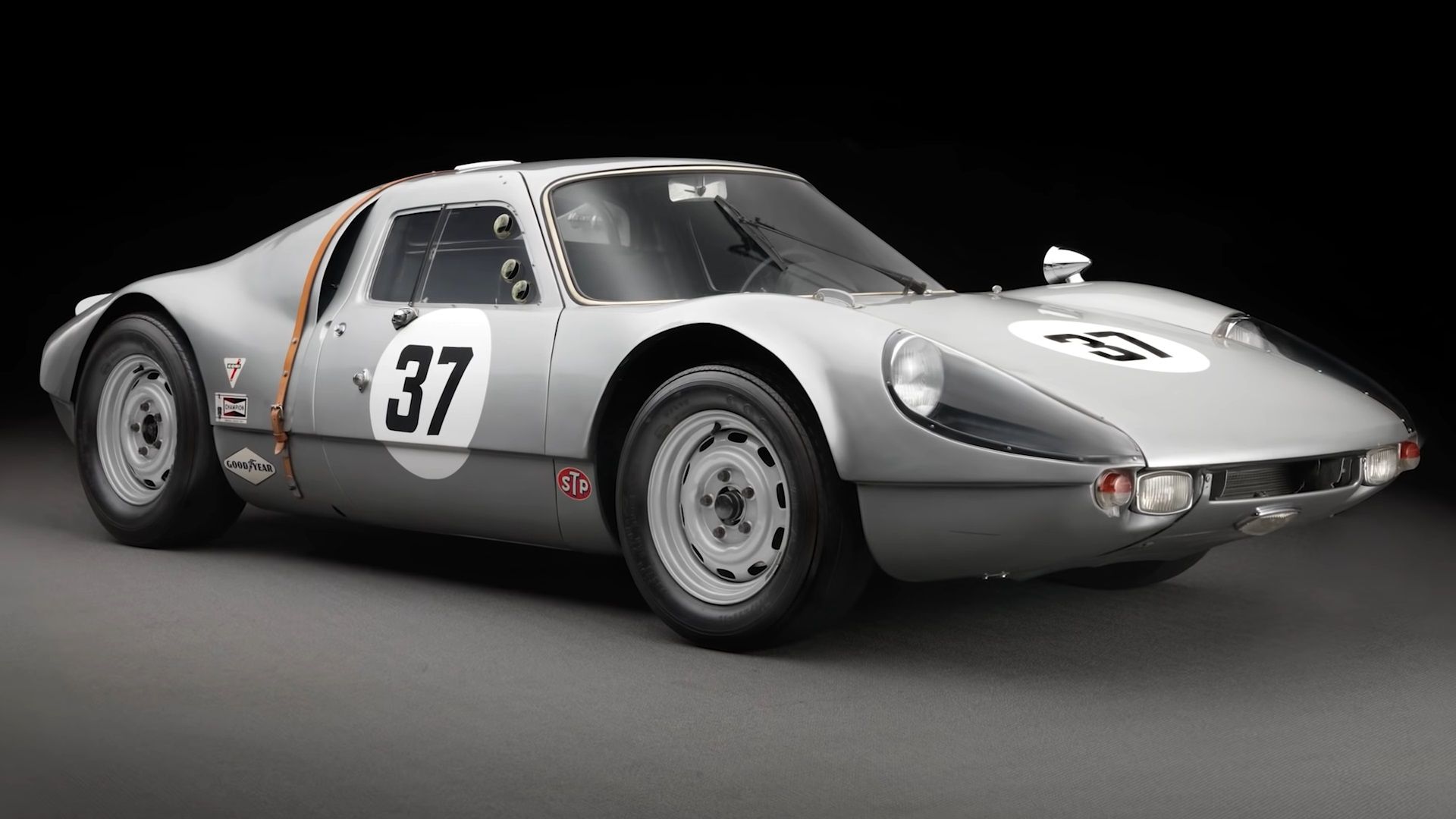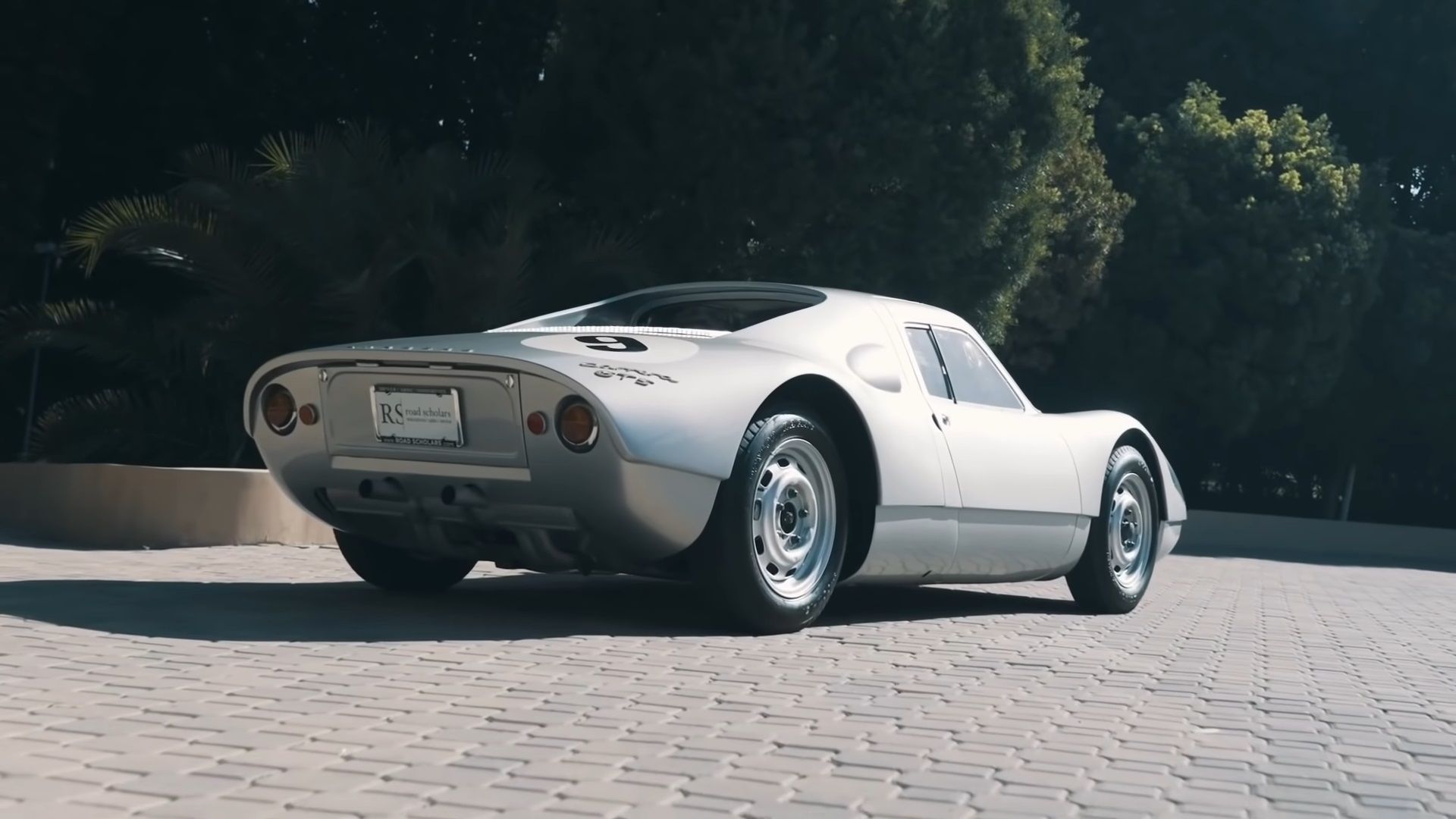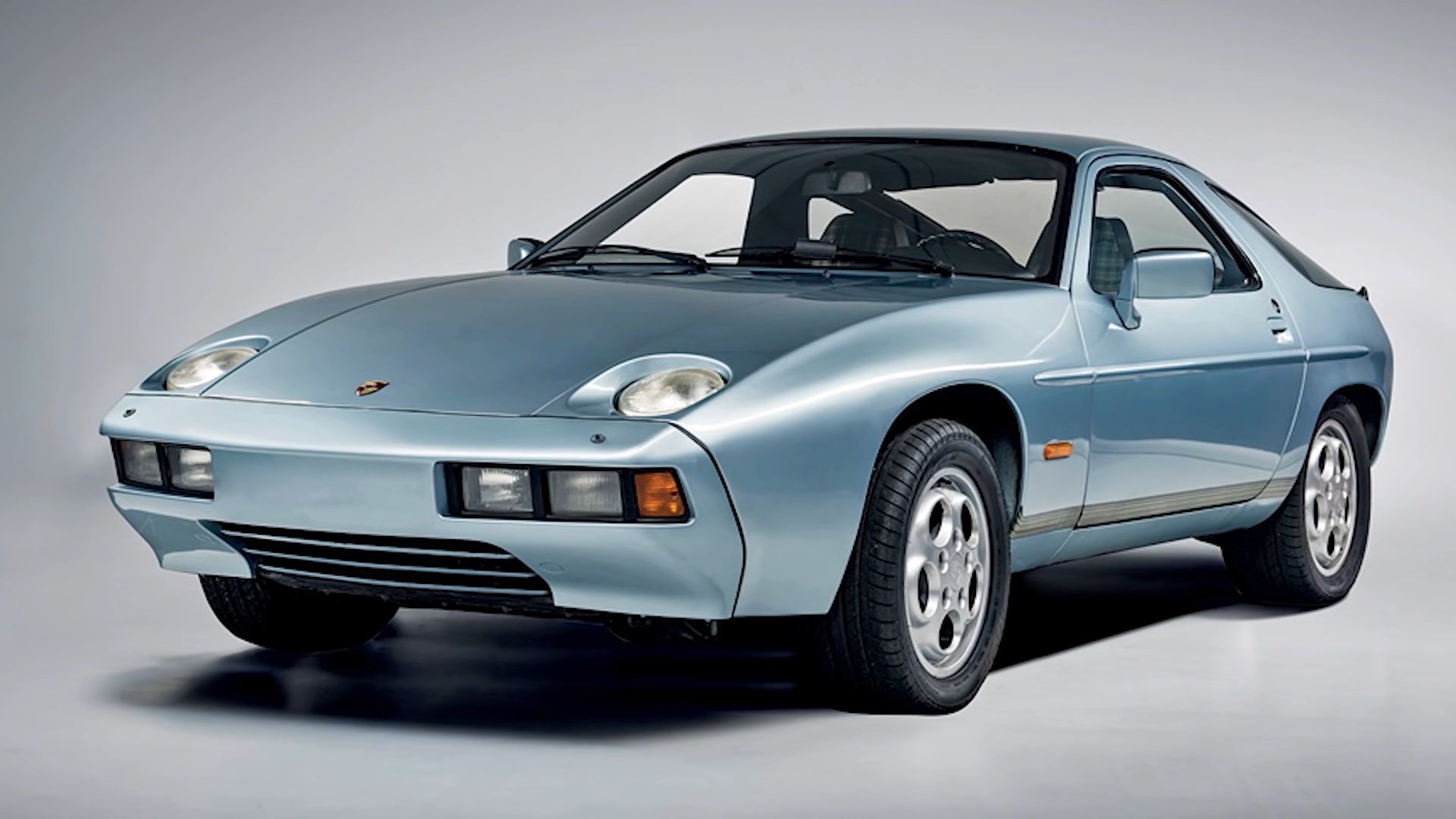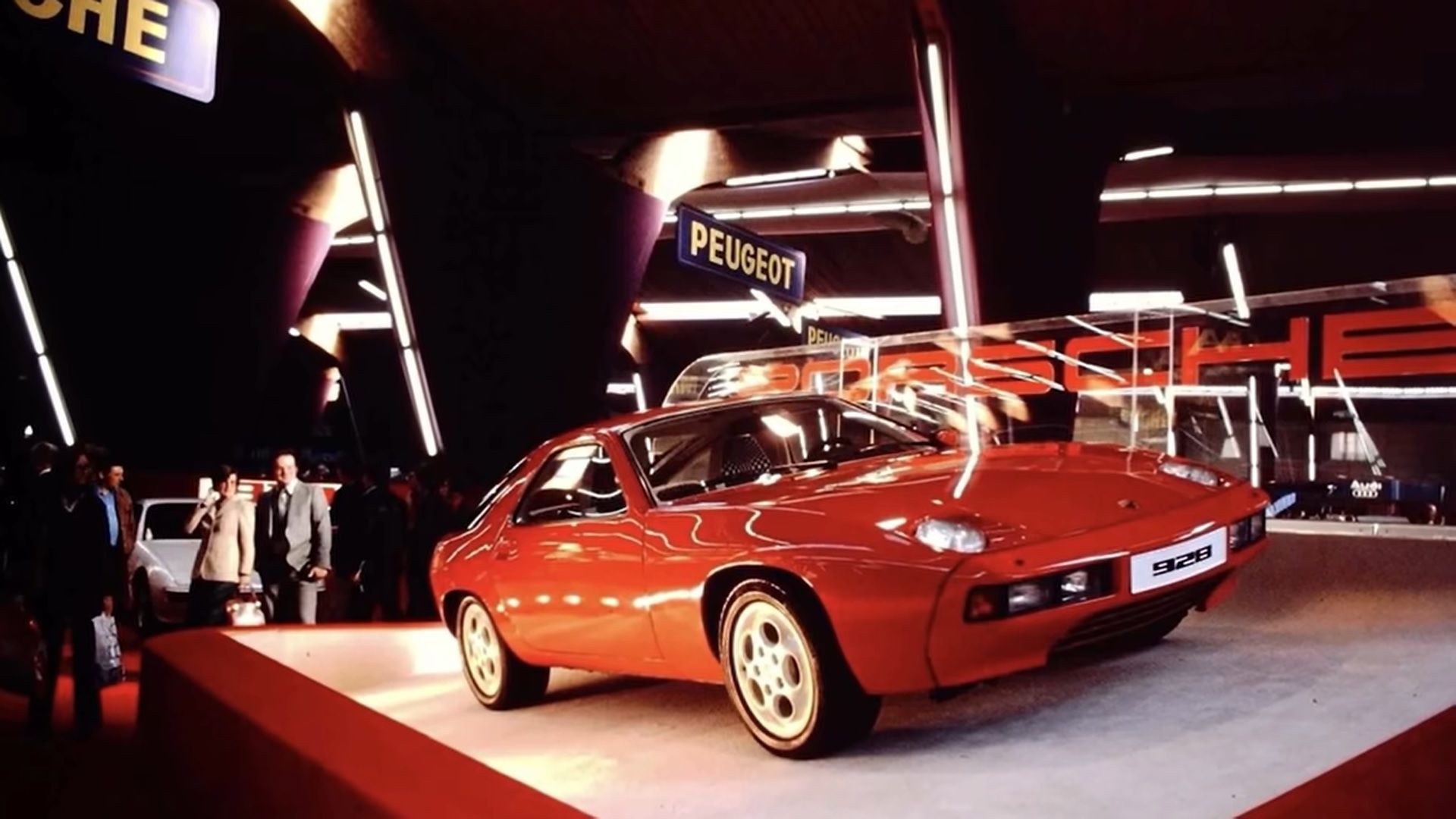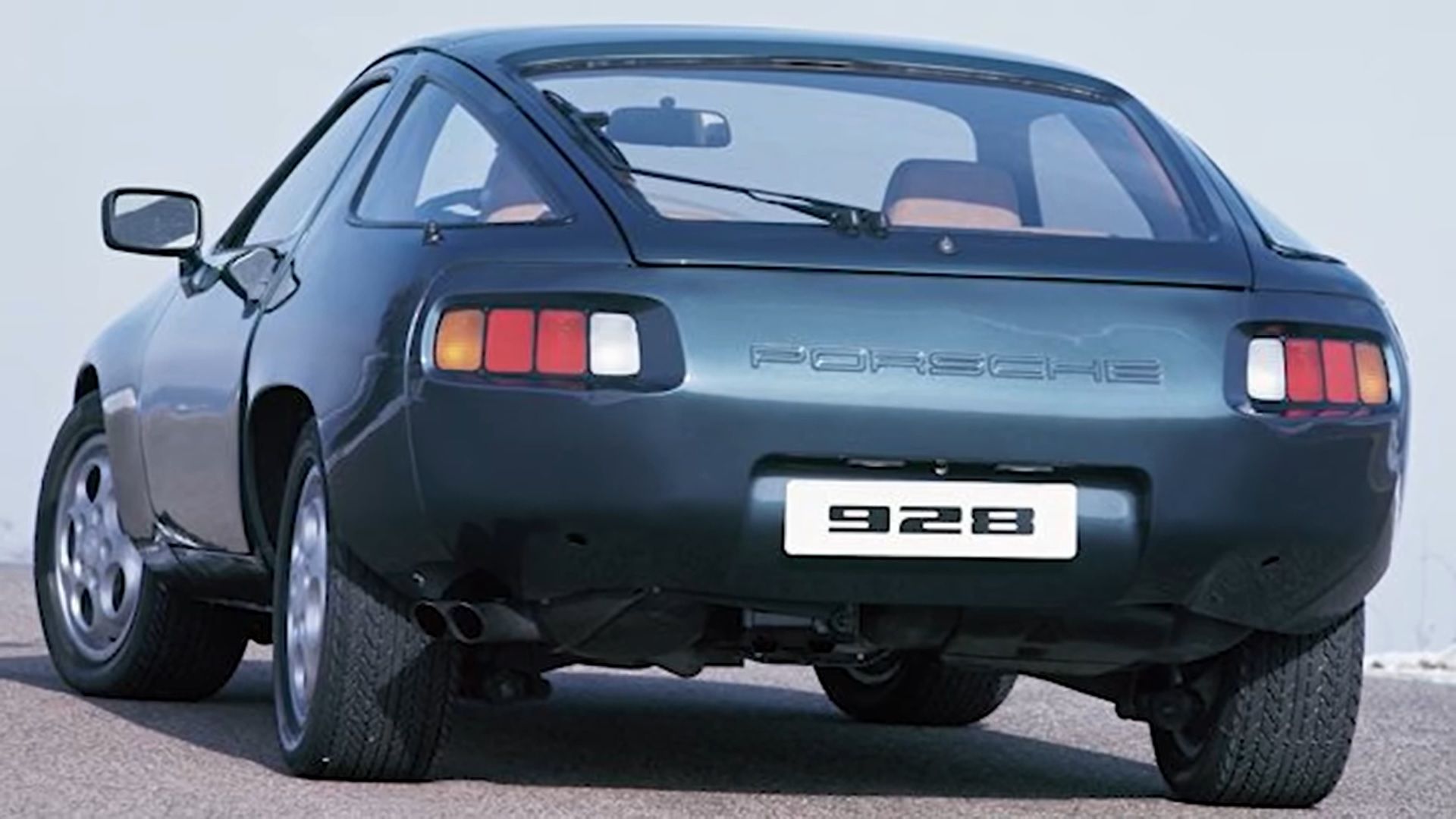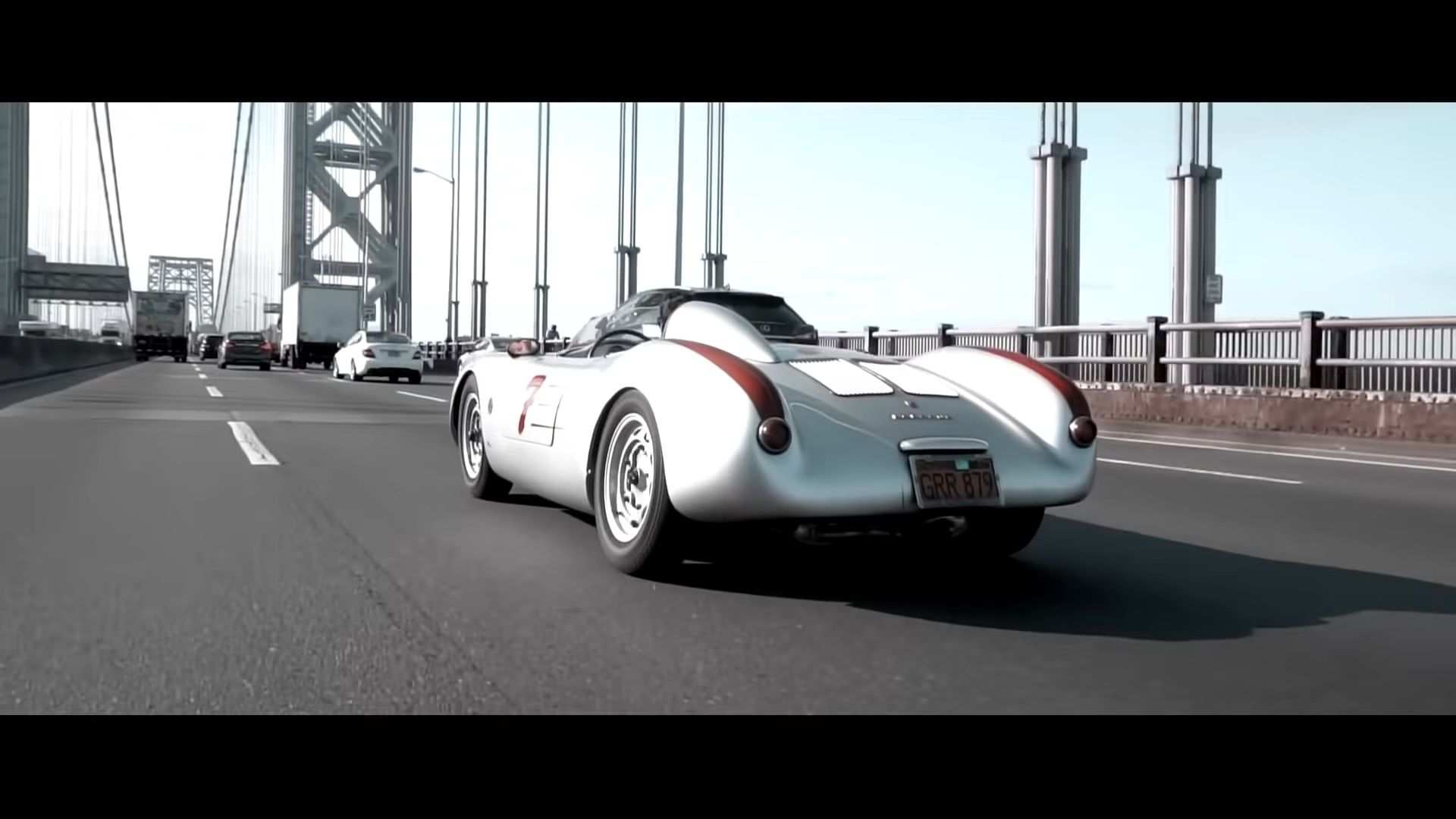When you think of Porsche, most often you think of the Porsche 911. Saying that the rear-engine sports car is the brand’s most definitive model has turned into a trite cliché. A while back, we covered Frank Stephenson’s guide to Aston Martin’s three greatest designs. Now, as part of his YouTube series, he is giving us his take on the three greatest designs from Porsche.
Although the 911 is the most prominent Porsche in existence, the German brand “has something for everyone”. Porsche has been very successful throughout all categories of racing, which spawned many different models over the years.
Porsche 550 Spyder
According to Frank Stephenson, the Porsche 550 Spyder is “about as classic and as iconic as it gets”. The car was inspired by the Porsche 356, but did away with the roof, making it a true open-top racer. It’s also a significant model because it’s Porsche’s first race car. It also made Porsche engineers ‘rethink the layout of the car, the basic package, where the engine typically, like on the Beetle, was behind the rear axle”.
Of course, James Dean had one, called the “Little Bastard”, in which, sadly, he lost his life. But what Frank most loves about the Porsche 550 Spyder is its simplicity and symmetrical design of the front and rear sections. In addition, it has a very low-slung stance and, at the same time, gives the impression that it’s bigger than it actually is. This results in the car having a presence, as well as being small and nimble for racing. It has what Frank calls “classic, eternal, iconic beauty”.
Read our full review on the Porsche 550 Spyder
Porsche 904 Carrera GTS
The Porsche 904 makes Frank’s top three because it was “one of the most innovative cars of its era”. Like the 550 Spyder, it’s another mid-engine car meant to race. It may look like there’s a pattern here. The car’s body was entirely made out of fiberglass, which made it extremely light and meant it wouldn’t rust.
Even today, Porsche’s sports cars are known to punch above their weight. The same is true for the 904 Carrera GTS, which Frank Stephenson describes as “one of the purest, most beautiful Porsches of them all. It was tiny, it was light, it was efficient, and a pure interpretation of Porsche’s racing bloodline”.
What Frank loves most about the design is that instead of being a road car trying to look like a race car, it was a racecar that was as close to a road car as possible. The car featured a lot of “flowy lines”, which translated in it having very “muscular fenders, somewhat bulbous roof, which was also very good for the aerodynamics”. The car also had a very short wheelbase and a very narrow width, which gave it a distinctive appearance. An interesting fact is that they had to spray chopped fiberglass into each mold, meaning none of the 106 cars made were identical to each other.
Read our full review on the Porsche 904 Carrera GTS
Porsche 928
If by now, you had figured that there won’t be a Porsche 911 on the list, you might have seen this one coming. The Porsche 928 is one of the more controversial models because it was initially meant to replace the read-engine 911. The Porsche purists were upset at the 928 because it was more of a gran tourer than a sports car and mostly because it had the engine in the front, instead of at the back.
Regardless, when the 928 was being constructed, the focus was on lightweight. Because of this, most of the body panels were made of aluminum alloy, while the bumpers were plastic. One unique feature that later transitioned to the 968 was the visible, pop-up headlights, integrated into the fenders. Sadly, we cannot have these anymore, due to safety regulations (sigh).
Another unique feature was the fastback rear end and, in turn, the greenhouse of the Porsche 928. The design was done by Anatole “Tony” Lapine, who used to work for GM, prior. Frank points out that the Latvian designer was also involved in the design of the 1963 split-window Corvette Stingray – something that becomes rather obvious once you compare the two cars, side by side.
Some fans of the 928 probably won’t appreciate the fact Frank compares the 928 to an AMC Pacer. While the two cars have nothing in common, in terms of engineering and hardware, he points out that the Pacer looks like an “overinflated 928”, while the Porsche 928 looks like a squashed AMC Pacer”.
Frank also refutes the Porsche purists, saying that the 928 is not an authentic Porsche, by stating that the Porsche 928 is “a confirmation of Porsche’s understanding of fundamental beauty and purity”. Moreover, the Porsche’s V-8 engines were water-cooled, way before the 911 stepped away from the air-cooled engines.
Read our full review on the Porsche 928
Conclusion
While some of you might be disappointed there isn’t a single Porsche 911 on the list, it’s worth acknowledging that each of these three designs brought something to the table. Moreover, they show that Porsche was brave enough to step away from the usual rear-engine concept in order to explore different possibilities. Do you agree with Frank Stephenson’s picks?


